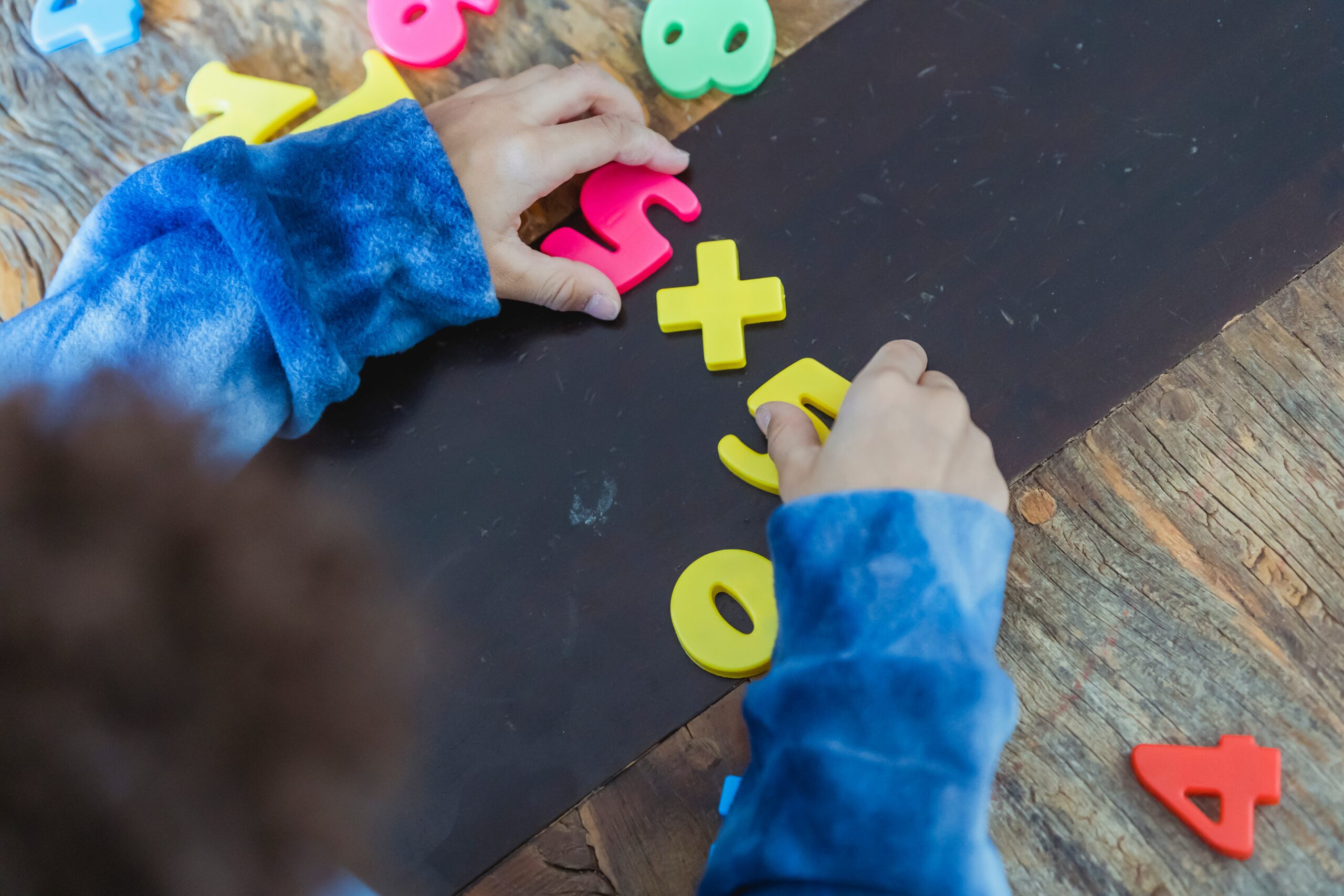For many people, Math is a difficult subject to learn. It is an exact science that operates on numbers and numerous calculations.
What can be common between Math and experimental activity?
School has many subjects related to the humanities and exact sciences. Some of them are easy to learn, while others represent great difficulty.
In the case of the humanities, pupils can always ask for help from Best Writers Online or Writing Judge providing excellent writing help.
When it comes to exact sciences, in particular Math, things go the other way. Experiential learning is a wonderful solution that helps pupils to learn Math with pleasure.
What Are The Experiential Learning Activities?
Experiential learning activities are defined as learning processes in which students “learn by doing” and reflect on their experiences. According to Kolb’s learning styles model, an experiential learning cycle involves engagement of three vital components:
- Knowledge. It includes information obtained through formal lessons and from previous experience;
- Activity. Practical application of acquired knowledge.
- Reflection. Analysis of obtained results and synthesis of new knowledge.
There is a range of activities that can be used in experiential learning, including:
- Field exercises;
- Laboratory experiments;
- Practicums;
- Studio performance;
- Undergraduate research, etc.
Experiential learning in mathematics manifests itself as a type of cognitive activity in which students participate in their own understanding and practice of mathematical concepts.
Students can identify problems, use constructive reasoning to make viable arguments, and apply science to solve real-world problems with this type of training.
Experiential Learning Activities In Math
Math is one of those school subjects that cause a great deal of anxiety in many students. Many of them have no idea of its practical importance and use in real life.
Experiential learning activities for math not only help students overcome anxiety but also help them understand what and why they are learning through fun and exciting activities.
Here are some of the best examples of math activities for students in elementary, middle, and high school. They can be introduced both in and out of the classroom.
Experiential Learning Activities For Elementary School
Elementary school students model a mental picture of the world based on their own observations, answers, and established patterns through experimental activities.
Students begin to learn the ratios and sizes of various subjects as a result of elementary logical operations.
You can practice these skills by completing the following activities:
- Ask them to show you the thickness of the book.
- Draw an element, for example, a Christmas tree that is taller than the house in the picture.
- Paint the bow on the head of the tallest girl.
- Compare two objects, one of which is higher.
- Put in a series of items and ask for things that are similar in size or length.
Once they have mastered the fundamentals, you can advance them to the next level, which will allow them to gain practical knowledge and skills.

Activity: Planting a flower
One of the best ways for young learners to see how Math “works” in practice is to plant a flower.
Instruments: A flower seed, a pot with soil, a ruler, a glass for water, a plastic stick, an observation diary
Procedure:
- Have students create a diary with the columns “day,” “progress,” and “height.”
- Take a pot, dig a small hole with a stick, place a seed in it, and evenly distribute the ground in the pot so that it completely covers the seed. Sprinkle the ground with water.
- Students should take notes on the changes every day (paint or write).
They should measure the plant’s height once it emerges and begins to grow. As a result, they will learn how long it takes for a plant to grow.
Experiential Learning Activities For Middle School
The complexity of middle school activities differs from that of elementary school. Middle school students are already familiar with the concepts of addition, multiplication, and division. As a result, they can perform more difficult calculations.
Activity: Who has the most?
Instruments: A pair of dice
Procedure:
- Divide the class into pairs
- Provide them with dice.
- Ask them to roll dice.
- A pupil who has the biggest score wins.
- Ask them to repeat the procedure ten times to determine the winner.
Experiential Learning Activities For High School
It is becoming increasingly difficult to keep students in one place at this stage of their physical development. Furthermore, attracting, maintaining, and drawing interest from this group of students becomes a fairly difficult quest for a teacher.
Activity: Mandala drawing
It is a creative and enjoyable way for students to put their knowledge of various geometric concepts to use.
Instruments: Piece of paper, pencils
Procedure:
- Make sure that students have all of the necessary equipment.
- Instruct students to create their own mandalas using their imagination and knowledge of various geometric concepts.
Aside from fostering creativity, this activity aids in the alleviation of stress, which is common among high school students.
Experiential learning helps students remember what they learn and appreciate the relevance of the subjects they study in the real world.
As a result, if you want your students to enjoy Math, try one of the provided activities or create your own!
**Author Bio: Nancy P. Howard has been working as a journalist at the online magazine in London for a year. She is also a professional writer in such topics as blogging, SEO and marketing.











